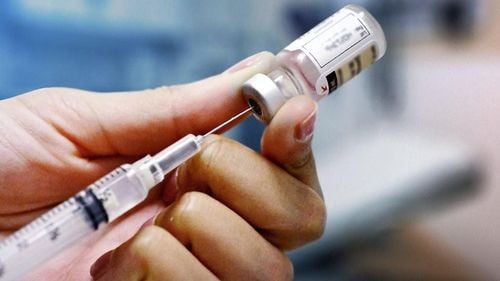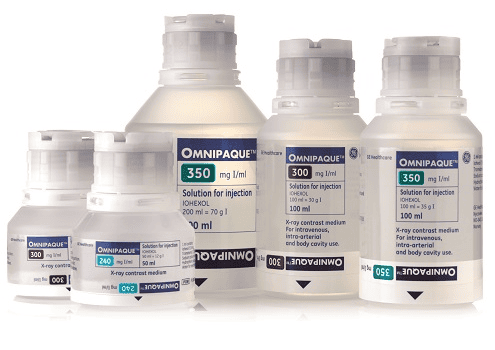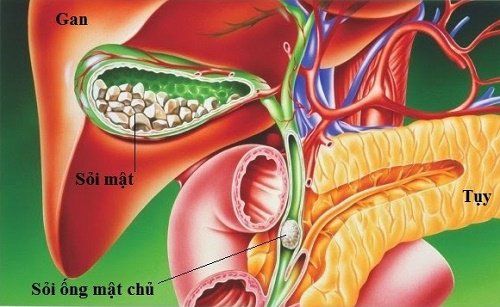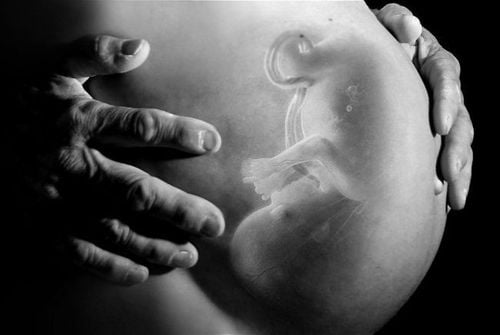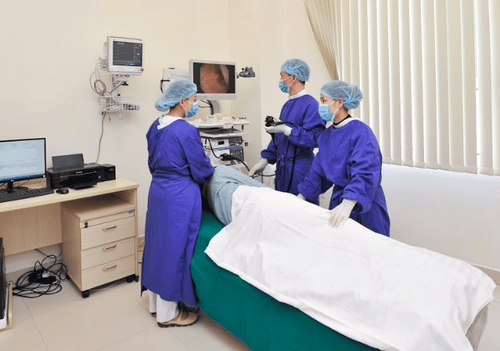This is an automatically translated article.
The article is professionally consulted by Dr. Nguyen Dinh Hung - Diagnostic Imaging - Department of Diagnostic Imaging - Vinmec Hai Phong International General Hospital.
Endoscopic retrograde cholangiopancreatography is a method to help diagnose intrahepatic and extrahepatic biliary abnormalities. In addition, retrograde cholangiopancreatography helps diagnose biliary strictures, cholangiocarcinoma, pancreatic head tumor, survey pancreatic ducts, find the cause of pancreatitis, biopsy tumors,... and treat other diseases. biliary tract diseases such as gallstones, cholangiocarcinomas, pancreatic diseases such as pancreatic duct stones, pancreatic tumors, ...
1. Preparation for endoscopic retrograde cholangiopancreatography
To perform endoscopic retrograde cholangiopancreatography, it is necessary to prepare a full set of facilities, including a television brightening x-ray machine, gastroscope, flexible duodenum, film, cassette, system storage. Specialist doctors, radiology technicians, gastroenterologists, gastrointestinal endoscopy technicians, doctors and anesthesiologists will participate in endoscopic retrograde cholangiopancreatography.
Consumables during endoscopic retrograde cholangiopancreatography need to be prepared including:
● 20ml syringe
● 18-20G needle
● Water-soluble Iodine contrast medicine
● Medicine skin antiseptic
● Local anesthetic spray, sedative.
● Distilled water or physiological saline
● Gloves, surgical caps, masks
Bean trays, surgical forceps.
● Cotton, surgical gauze
● Medicine box and first aid kit for contrast drug accidents.
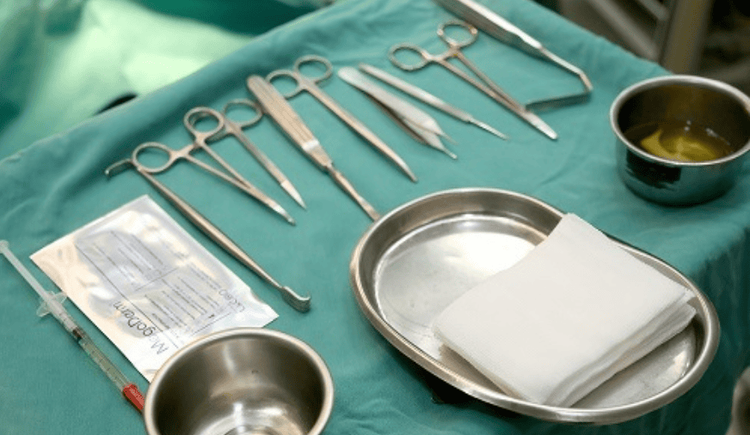
On the patient's side, who are assigned to undergo endoscopic retrograde cholangiopancreatography, it is necessary to prepare:
● You can fast or snack before the scan
● Avoid fermented and fibrous foods
● Fast for 6 hours Before the procedure, enema is not necessary
● Report any allergies, especially allergies to contrast and iodine-containing drugs
● The patient is explained the procedure, possible complications. happens to prepare psychologically
● Sign a commitment to perform the trick.
2. Conduct endoscopic retrograde cholangiopancreatography
Place the duodenum endoscope through the mouth into the duodenum to access the large papilla ● Use the catheter with the endoscopic tube through the large papilla and inject the contrast agent under the membrane with enhanced light to capture the biliary system in the necessary positions, Similar to Kehr cholangiography. Catheters, standard cutters, and wires can be used to access the muscle of Oddi and the common bile duct.
● When the lesion is indicated for treatment by endoscopic retrograde cholangiopancreatography such as bile duct stones, pancreatic duct, tumor, the sphincter of Oddi is removed to insert a special instrument to remove the stone (balloon, gabion), or place a stent biliary catheterization, or biliary dilatation in the case of stricture, or tissue sampling for histopathology.
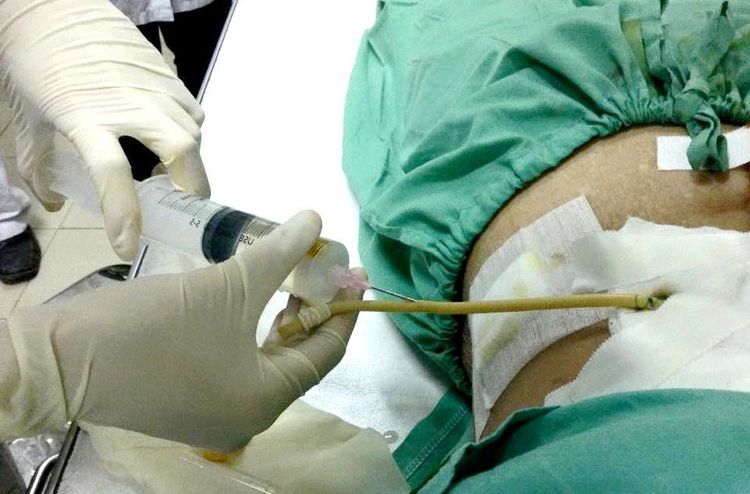
3. Evaluation of the results
The results of the radiograph need to ensure the appropriate contrast, clearly showing the entire intrahepatic biliary tract, the main pancreatic duct.
4. Complications and treatment
After endoscopic retrograde cholangiopancreatography, patients may experience complications such as acute pancreatitis, biliary tract infection. Based on the qualifications of the endoscopist and the appointment of prophylactic antibiotics, this complication can be limited.
Besides, patients also often have spontaneous bleeding, duodenal perforation usually retroperitoneum, usually with stable medical treatment. Cases of perforation in the peritoneum, perforation of the biliary tract, and biliary fistula are rare complications.
Endoscopic retrograde cholangiopancreatography is performed safely at Vinmec International General Hospital by a team of experienced doctors and technicians.
With a system of facilities including a new generation of side window scanners, the television lighting system best supports technical implementation. With a team of well qualified and experienced medical doctors. The technical process is built according to international standards and the spirit of PATIENT CENTER. When coming to Vinmec hospital, patients will be examined and performed diagnostic and treatment techniques with the highest efficiency and safety.
Doctor Nguyen Dinh Hung has over 10 years of experience in the field of diagnostic imaging (Ultrasound, CT, MRI). Trained and practiced on hepatobiliary interventional radiology at Bach Mai Hospital (Intervention under ultrasound guidance, DSA, CT...) and deployed at the Diagnostic Imaging Department of Viet Tiep Hospital Hai Phong. Currently, he is a doctor at the Diagnostic Imaging Department of Vinmec Hai Phong International General Hospital.
Please dial HOTLINE for more information or register for an appointment HERE. Download MyVinmec app to make appointments faster and to manage your bookings easily.






